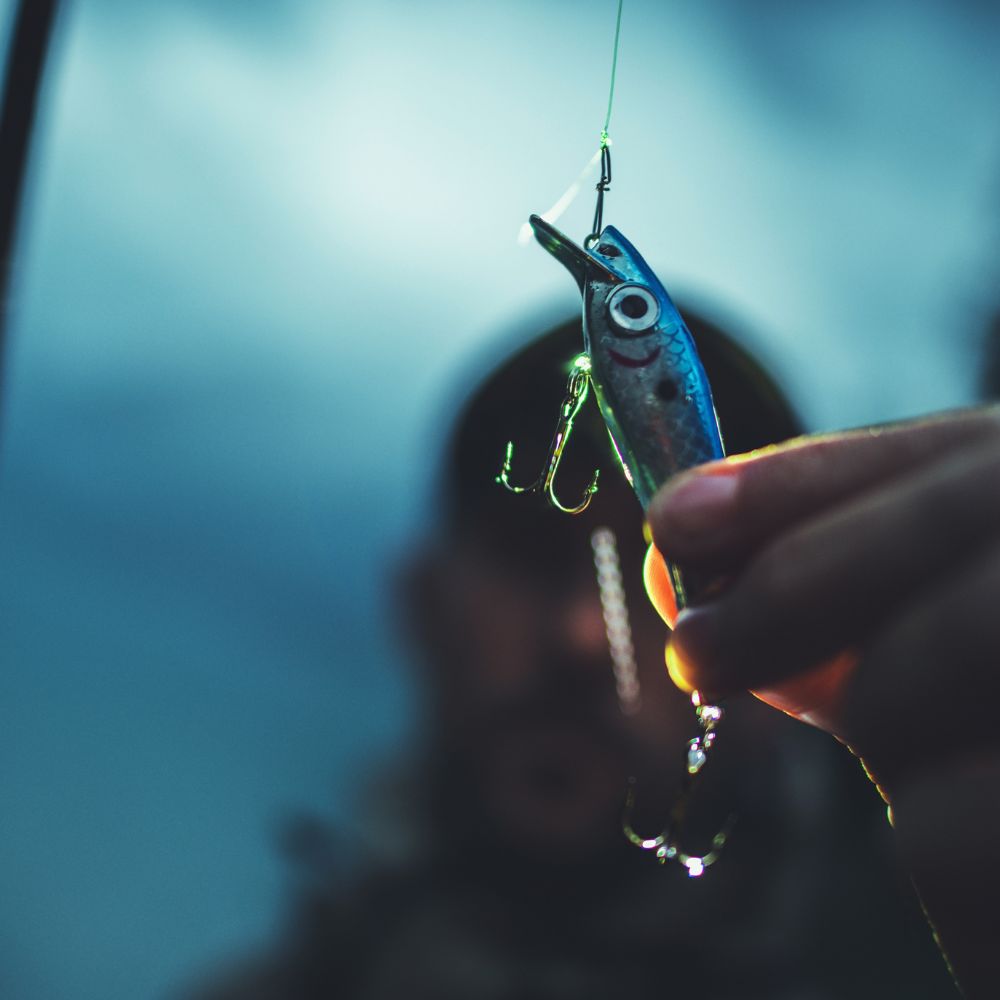Tips and Tricks
Soft Bait vs Live Bait – Which One to Choose?
In the world of fishing, the debate between soft bait and live bait has long been a topic of discussion among anglers. Both options have their advantages and drawbacks, and choosing the right one can make a significant difference in your fishing success. In this blog post, we’ll explore the differences between soft bait and live bait and help you decide which option is best suited for your next fishing adventure.
Soft Bait: The Synthetic Solution
Soft bait, often made from materials like silicone or rubber, is a synthetic alternative to live bait. It comes in a variety of shapes, sizes, and colors, and is designed to mimic the appearance and movement of natural prey. Here are some benefits of using soft bait:
1. Durability: Soft bait is highly durable and can withstand multiple strikes from fish without losing its effectiveness. Unlike live bait, which can perish quickly, soft bait can be reused multiple times, making it a cost-effective option for anglers.
2. Versatility: Soft bait offers anglers a wide range of presentation options. It can be rigged in various ways to suit different fishing techniques and conditions, giving anglers greater flexibility on the water.
3. Consistency: Soft bait is manufactured to consistent standards, ensuring uniformity in size, shape, and action. This consistency gives anglers confidence in their bait choices, knowing that each cast will produce a reliable presentation.
4. Accessibility: Soft bait is readily available at most tackle shops and can be purchased in bulk. It eliminates the need for storing live bait and can be easily transported and stored in your tackle box.
Live Bait: The Natural Attraction
Live bait, on the other hand, consists of live organisms such as worms, minnows, or insects, which are used to entice fish. Here are some benefits of using live bait:
1. Natural Attraction: Live bait emits natural scents and vibrations that can attract fish from a distance. It appeals to the predatory instincts of fish and can be highly effective in enticing strikes.
2. Versatility: Live bait can be used to target a wide range of fish species, from panfish to predator fish. It can be fished in various ways, including under a bobber, on a jighead, or rigged on a drop shot.
3. Realism: Live bait provides a lifelike presentation that is difficult to replicate with synthetic bait. Its natural movement and appearance can be particularly appealing to finicky or cautious fish.
4. Seasonal Availability: Live bait is often readily available at bait shops or can be harvested from the fishing area. Certain species of live bait, such as nightcrawlers or minnows, may be more abundant during specific seasons or times of the year.
Choosing the Right Option
When it comes to choosing between soft bait and live bait, there is no one-size-fits-all answer. The decision ultimately depends on factors such as the target species, fishing conditions, personal preference, and local regulations. Here are some considerations to keep in mind:
- Target Species: Some fish species may be more responsive to live bait, while others may prefer the action of soft bait. Consider the feeding habits and preferences of the fish you are targeting.
- Fishing Conditions: The water clarity, temperature, and weather conditions can influence the effectiveness of both soft bait and live bait. Experiment with different baits to see what produces the best results in a given situation.
- Personal Preference: Some anglers prefer the convenience and consistency of soft bait, while others enjoy the challenge and authenticity of using live bait. Choose the option that aligns with your fishing style and preferences.
- Regulations: Check local fishing regulations to ensure compliance with bait restrictions and size limits. Some areas may have specific rules regarding the use of live bait or the types of bait allowed.
In conclusion, both soft bait and live bait have their advantages and can be effective tools for catching fish. Whether you opt for the versatility and durability of soft bait or the natural attraction of live bait, the key is to experiment, adapt, and enjoy the fishing experience. By understanding the differences between these two options and considering the factors at play, you can make an informed decision that enhances your chances of success on the water.

